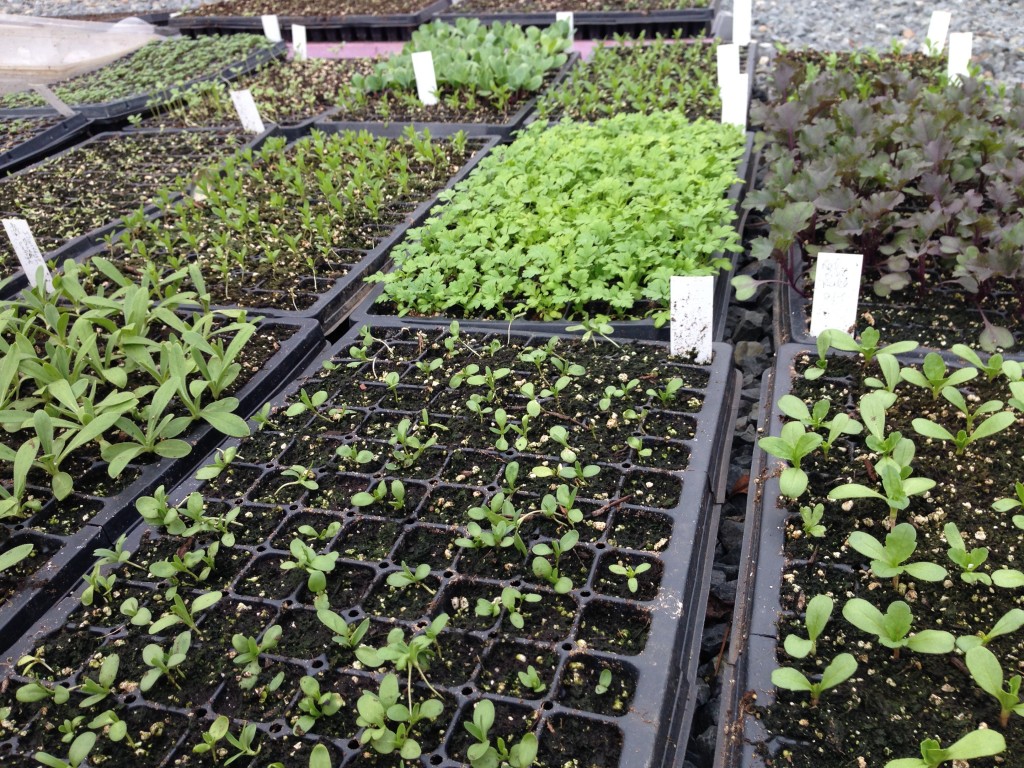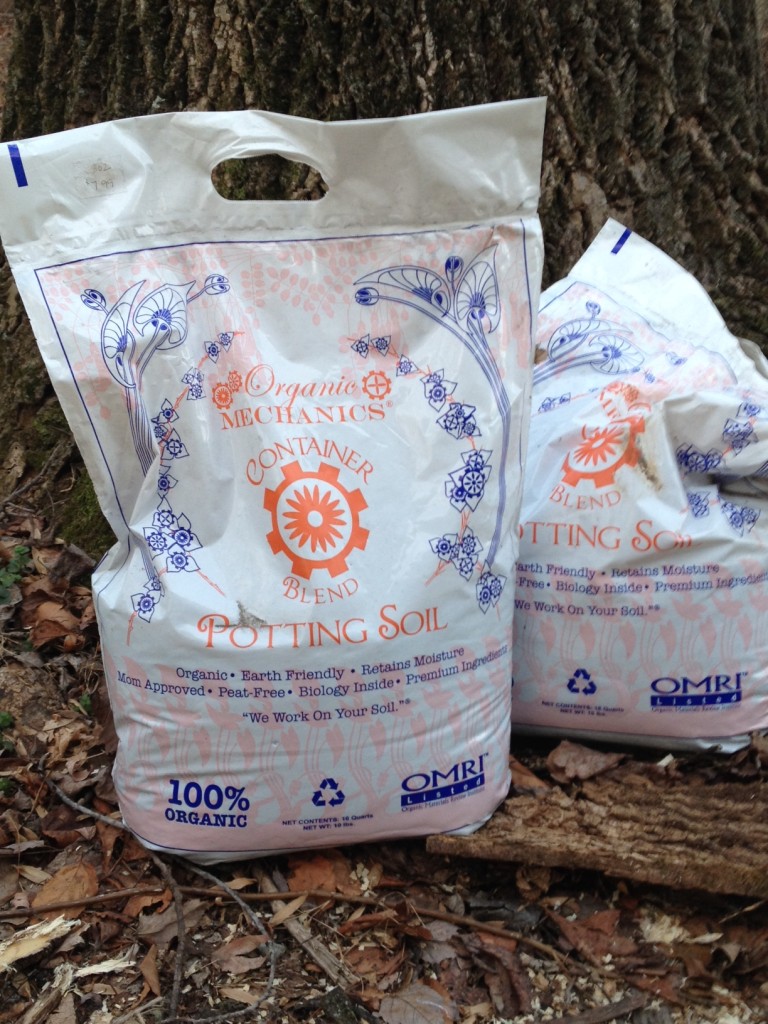By Melissa Nase, Manager of Land Stewardship
With ice on the ground and some remnants of snow lingering in the shadows, it is hard to believe the growing season at Schuylkill Center will begin in just a handful of weeks. For gardeners like me, these cold days are the perfect opportunity to leisurely browse the glossy, colorful seed catalogs and dream about what to add to the garden this year, the bounty of the harvest, and warm summer days spent among blooms. I hope to add some more shade-loving native plants to my back yard, and stave off the continual encroachment of my neighbor’s English ivy. Rarely, does the thought of soil enter into our daydreams – although, as any gardener will tell you, it is one of the most important components to any healthy, productive garden. Besides the minerals and nutrients that soil offers plants, it is teeming with the microscopic life of the food soil web. Bacteria, fungi, nematodes, and arthropods, along with the ubiquitous earthworm, break down organic matter, making nutrients available to plants and participating in a food chain that includes birds and even larger mammals. Besides protecting your crops from pests and diseases, these soil creatures create pockets of air in the soil, affecting soil structure and drainage.
So, how can you ensure the health of your soil? One step to consider, especially if you plan to grow food crops, is to get your garden soil tested. There are many resources for soil testing, including a low-cost option from the PSU Extension program. Analyzing the soil for nutrient levels, pH, and contaminants is a good initial step to deciding what action to take to get the best results from your garden. Often, fixing nutrient deficiencies is as easy as mixing some more organic matter like compost or decomposed manure into your garden soil.
If you start your plants from seeds, the potting mix you use is also an important decision. Most potting soils contain just a few ingredients: organic matter, a fertilizer, peat moss to hold moisture, and a component to help drainage and create air pockets, such as perlite.
 At the Schuylkill Center, we’re always seeking sustainability, and that includes our nursery practices. Since the establishment of the Native Plant Nursery in 2006, it has been the goal of land stewardship staff to reduce and eliminate potential negative impacts on the environment due to the nursery. So at the outset, this framework provided guidance as to the types of materials used in the nursery like fertilizer, soils, and seeds, and led to the decision to seek out a peat-free soil. Although peat is used in almost all potting soils, it should be considered a finite natural resource because it is harvested at an unsustainable, rapid pace, yet only grows millimeters per year. As a result, it takes the peat bogs hundreds of years to return to their original state, if they are not wiped out completely. Just like trees, peat bogs store significant amounts of carbon. In fact, they are one of the largest storers of carbon and greenhouse gases on the plant, which is a further reason to preserve them.
At the Schuylkill Center, we’re always seeking sustainability, and that includes our nursery practices. Since the establishment of the Native Plant Nursery in 2006, it has been the goal of land stewardship staff to reduce and eliminate potential negative impacts on the environment due to the nursery. So at the outset, this framework provided guidance as to the types of materials used in the nursery like fertilizer, soils, and seeds, and led to the decision to seek out a peat-free soil. Although peat is used in almost all potting soils, it should be considered a finite natural resource because it is harvested at an unsustainable, rapid pace, yet only grows millimeters per year. As a result, it takes the peat bogs hundreds of years to return to their original state, if they are not wiped out completely. Just like trees, peat bogs store significant amounts of carbon. In fact, they are one of the largest storers of carbon and greenhouse gases on the plant, which is a further reason to preserve them.
 All of this led us to Organic Mechanics, a local soil company which does not use peat in any of their mixes. Instead, they use compost and coconut coir, both recycled materials with the added benefits of greater moisture retention and increased nutrient content.
All of this led us to Organic Mechanics, a local soil company which does not use peat in any of their mixes. Instead, they use compost and coconut coir, both recycled materials with the added benefits of greater moisture retention and increased nutrient content.
This year, in preparation for spring planting, you can buy organic, sustainable soil through the Schuylkill Center. Our first annual Soil Sale is underway now – you can pre-order a range of peat-free soil products at a discounted price, and pick up them at the Center on February 21st – just in time to start your vegetables. More about that here.
